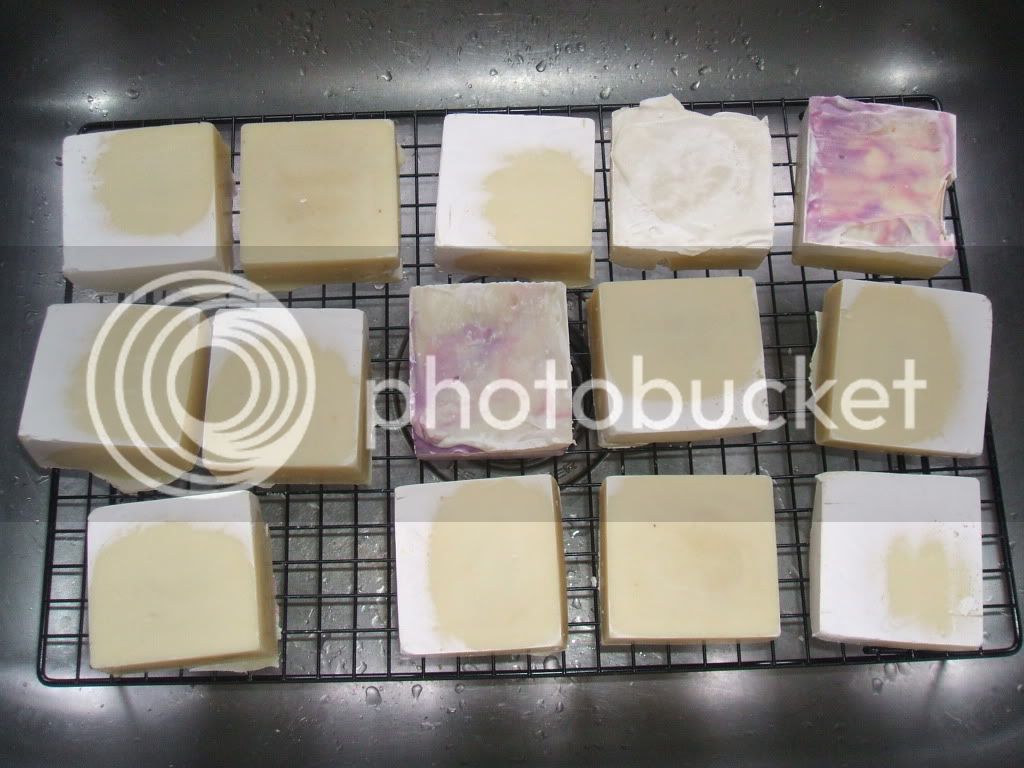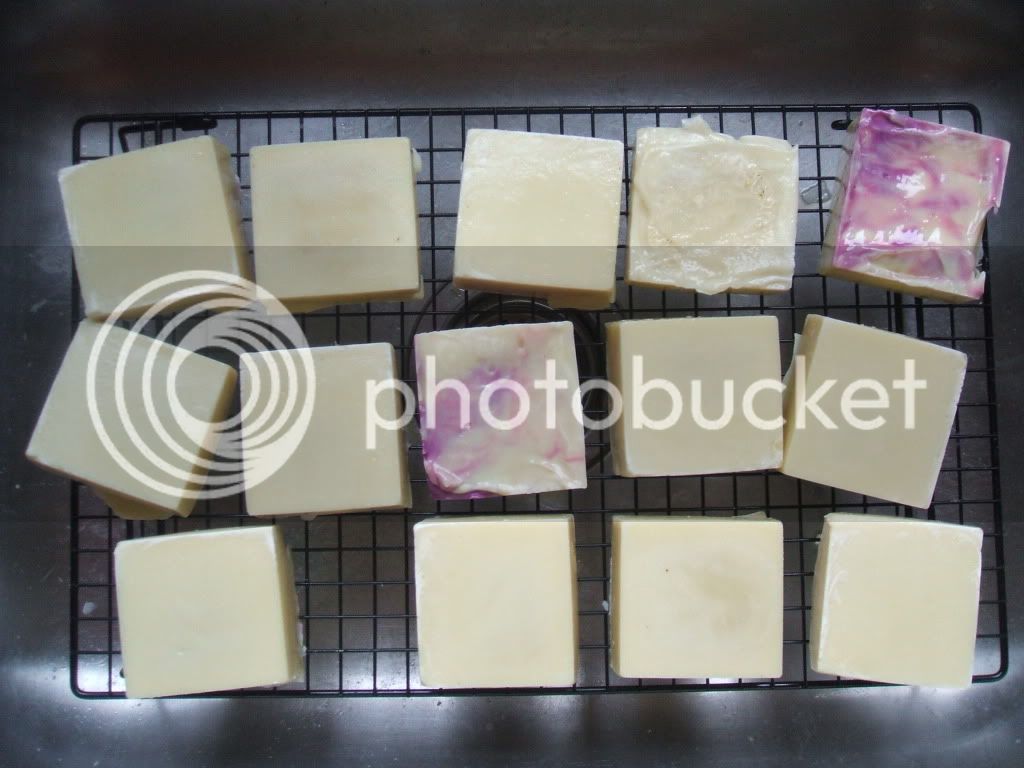MeadowHillFarmCT
Well-Known Member
- Joined
- Apr 20, 2011
- Messages
- 387
- Reaction score
- 1
I thought this was awesome and liked to share - maybe it can be a sticky
[ame="http://www.youtube.com/watch?v=I3WiX6sD-fY&feature=related"]http://www.youtube.com/watch?v=I3WiX6sD ... re=related[/ame]
Here is another using a teapot..
[ame="http://www.youtube.com/watch?v=uqzFLY967vI"]http://www.youtube.com/watch?v=uqzFLY967vI[/ame]
[ame="http://www.youtube.com/watch?v=I3WiX6sD-fY&feature=related"]http://www.youtube.com/watch?v=I3WiX6sD ... re=related[/ame]
Here is another using a teapot..
[ame="http://www.youtube.com/watch?v=uqzFLY967vI"]http://www.youtube.com/watch?v=uqzFLY967vI[/ame]




















































